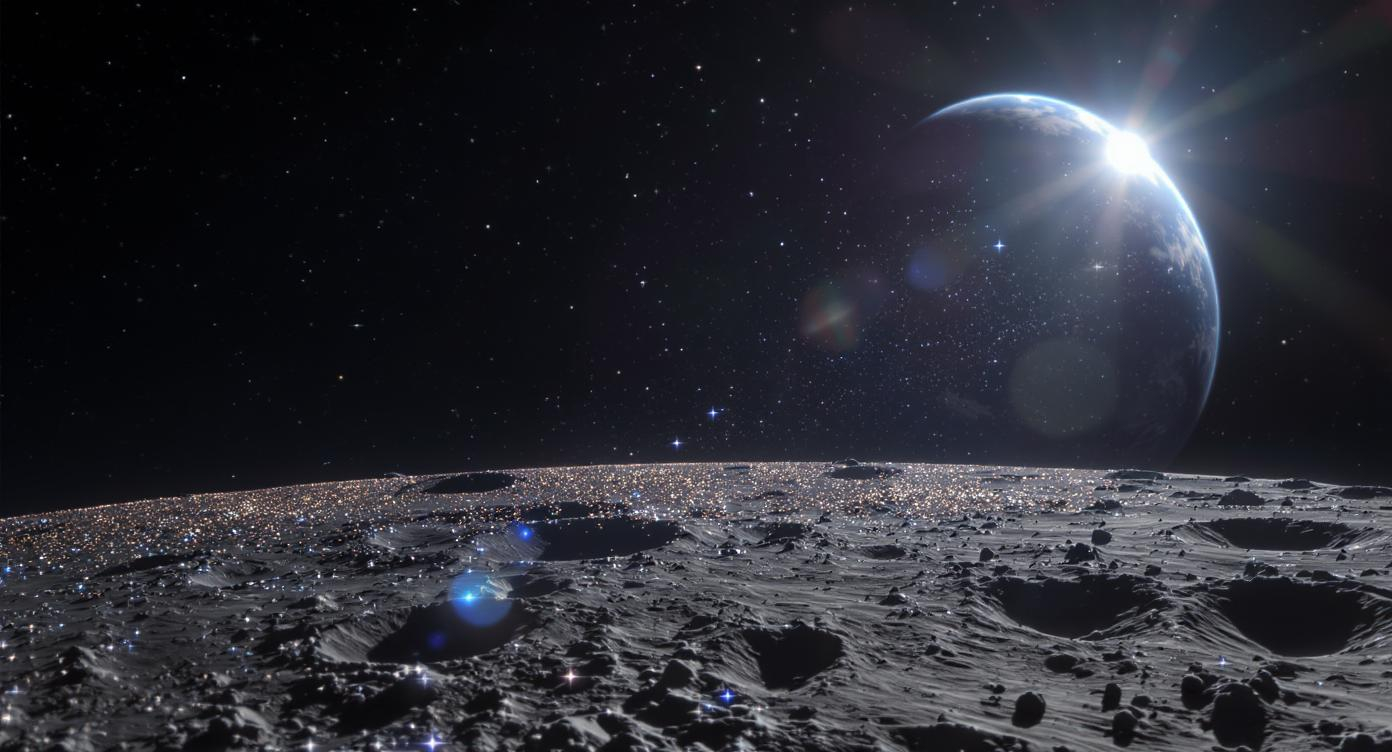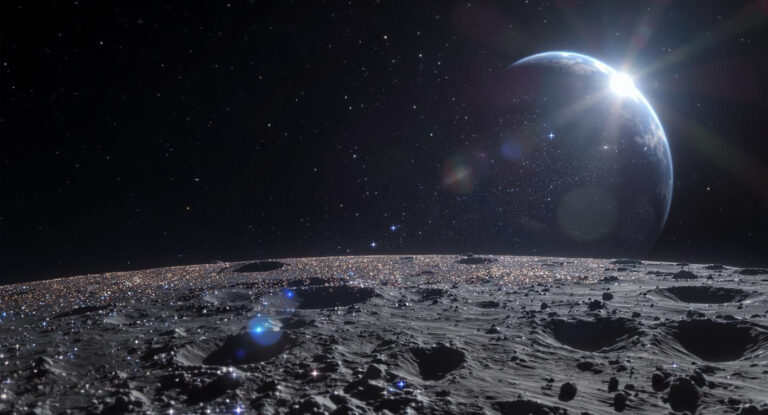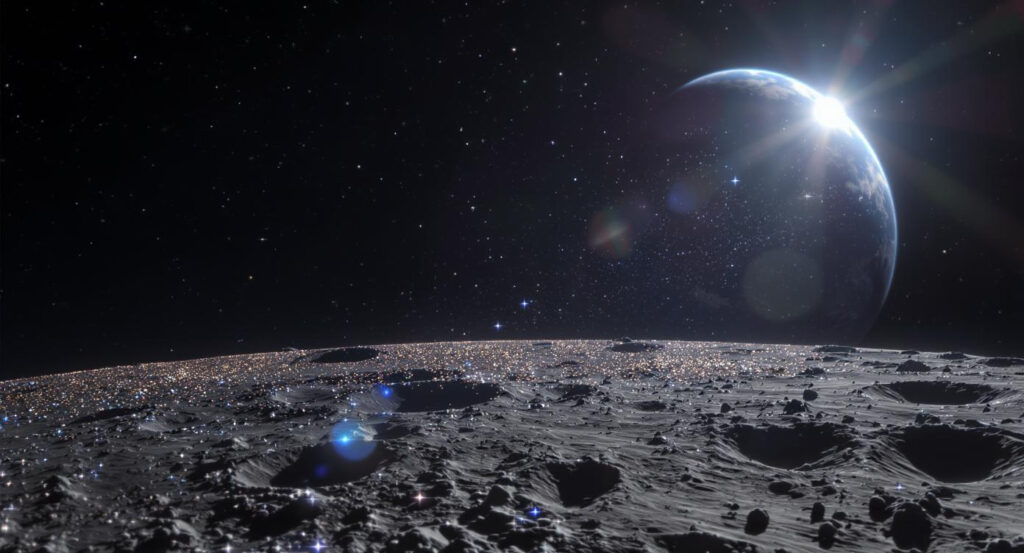Earth Just Got a Postcard from a Dying Star
Imagine waking up to find your backyard sprinkled with glitter from a star that exploded millions of years ago. Sounds like science fiction? Well, it’s not. Scientists now confirm this cosmic event actually happened—and the proof lies in ocean floor sediments and even lunar dust.
Recently, a team of researchers published a breakthrough study in the European Physical Journal A (May 2025). They traced radioactive particles—like iron-60 (⁶⁰Fe)—back to interstellar explosions, likely supernovae. Unlike everyday atoms, these particles serve as cosmic relics, traveling across space before landing on Earth and the Moon.
What Did We Know Before?
Previously, scientists believed that a nearby supernova occurred roughly a few million years ago. They found traces of iron-60 in deep-sea layers and Antarctic snow. These findings offered strong hints, but they didn’t tell the full story.
At that time, scientists lacked the resolution to see how these radioactive particles arrived—or whether Earth received them evenly. It was a big clue, but still incomplete.
What’s New Now?
Now, with new technology, things have changed.
Improved Precision
Thanks to advances in accelerator mass spectrometry, researchers can now detect unbelievably small amounts of radioactive material. To put it in perspective, this technique is like finding a single grain of salt in an entire Olympic pool—and still knowing exactly where it came from.
Patchy Fallout Patterns
Interestingly, Earth didn’t receive these particles evenly. Some regions collected more than others, almost like a cosmic splatter rather than a gentle dusting. This discovery suggests that supernova debris doesn’t spread uniformly. Instead, its delivery likely depends on solar wind direction, Earth’s magnetic field, and the shape of the interstellar cloud at the time.
Lunar Evidence Confirms It
Even more compelling, scientists also found the same material on the Moon. Because the Moon lacks wind and water erosion, its surface preserves space events like a time capsule. That means these particles definitely came from space—not from Earth’s own processes.
Cosmic Rays May Be Involved
However, there’s a twist. Not all particles may have come directly from a supernova. Some may have arrived via galactic cosmic rays—space bullets that zip through the galaxy at nearly light speed. This adds a new layer of complexity, forcing scientists to re-evaluate which particles come from which sources.
Why Should We Care?
We’re Part of a Galactic Neighborhood
For one, this proves that Earth isn’t floating alone in a vacuum. Our planet constantly interacts with its cosmic surroundings, whether we realize it or not. A supernova from millions of years ago still leaves evidence we can measure today.
We Can Trace Our Solar System’s Journey
Additionally, these particles help us track where our solar system has been. If it passed through a dense cloud of supernova debris, that journey could have affected Earth’s climate, biology, and even evolution.
We’re Getting Better at Reading the Universe’s History
With each improvement in detection, scientists get closer to building a timeline of space events that affected Earth. Think of it like learning to read the rings of a tree—only this time, the tree is the Milky Way.
Final Thought
We’re literally walking on cosmic evidence. With every sediment core or lunar sample, we uncover more about how stars died and sprinkled their ashes onto our world.
So next time you look at the night sky, remember this: those stars don’t just light up the sky. Some of them have already visited us.
Check out the cool NewsWade YouTube video about this article!
Article derived from: Koll, D., Fichter, S., Hotchkis, M. et al. Recent progress on interstellar radionuclides on Earth and the Moon. Eur. Phys. J. A 61, 101 (2025). https://doi.org/10.1140/epja/s10050-025-01554-0
















